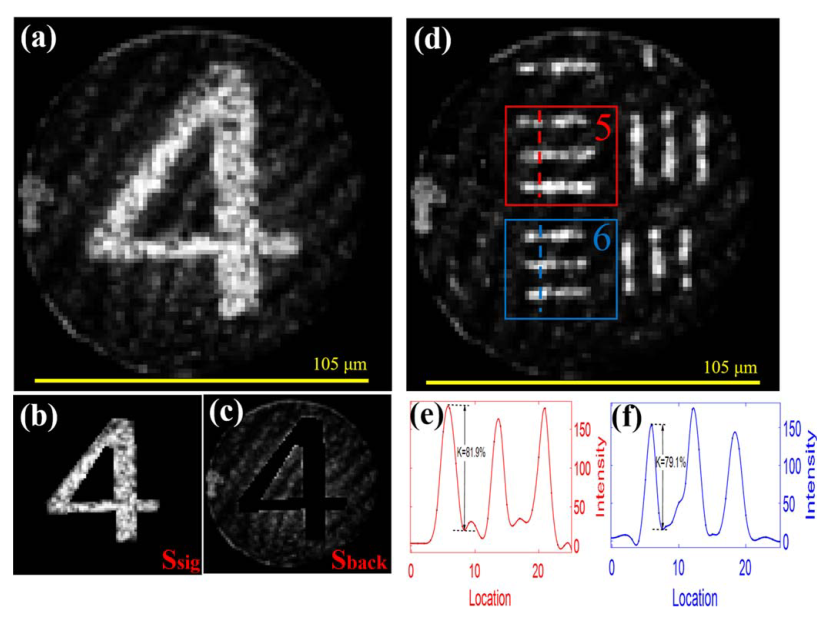Optical fiber can be used as biomedical endoscopes because of their tiny size and high-resolution imaging capabilities. Traditional endoscopes, with their probe's cross-sectional diameter as high as a few millimeters, are generally not suitable for real-time in-vivo imaging of biological tissues or organs. This raises concerns about the parallel transmission of information in multimode fiber (MMF).
The strong mode coupling in MMF leads to the dispersion of the output light field, which distorts the image transmitted through MMF into speckle pattern. In order to solve this problem, many imaging methods have been proposed in recent years, but there are various unavoidable limitations.
A research team led by Prof. HE Zhengquan from Xi'an Institute of Optics and Precision Mechanics (XIOPM) of the Chinese Academy of Sciences (CAS) proposed a compact multimode fiber (MMF)-based laser scanning endoscope (LSE) using wavefront shaping with a liquid crystal spatial light modulator. The result was published in Applied Physics Express.
In their study, they converted a 5 m MMF into a laser-scanned endoscope (LSE) based on wavefront shaping for fast and high-quality imaging (FOV) in a 105μm field of view. In order to realize point scanning at its remote end, a parallel algorithm based on two-step phase shift was used to calculate up to 7225 compensating phase masks for wavefront shaping, corresponding to all focal points at different positions. To balance optimization time and focusing efficiency, they selected a slightly larger number of SLM (6724) subregions than the fiber-optic propagation mode (6570).
Experimental results show that the focus quality achieved by the parallel algorithm is greatly improved compared with other methods. Then, relying on a high-quality focused spot, they imaged a USAF-1951 negative test target and acquire a 7000-pixel image with micron spatial resolution.
The results show that although background noise could still be observed in the images, which may be due to the lack of modulation subregion to further improve the focusing efficiency, systemic lupus erythematosus still produced a high contrast-to-noise ratio (CNR=6.797) under this limited condition.

(a) the digit “4” from the group 3; (b) the selected signal region of the (a); (c) the noise background region of the (a); (d) the element 5 (red box), 6 (blue box) from the group 6, with 101.6 line pairs per millimeter (lp mm-1), 114 lp mm-1, respectively; (e) the vertical intensity profile of the element 5 along a red dotted line in the red box; (f) the vertical intensity profile of the element 6 along a blue dotted line in the blue box. (Image by XIOPM)
They also used line pairs to estimate the spatial resolution of the least square estimation. The results show that compared with traditional endoscopes based on fiber bundles or graded refractive index lenses, the least square method can resolve at least 4.38μm or smaller micron objects.
This study proves the feasibility of single multi-mode fiber imaging without mechanical scanning, and paves the way for ultra-thin micro-endoscope imaging.
Download: